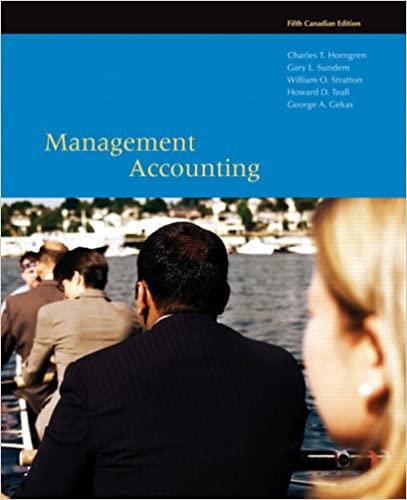Question \#1 (5 points): Review all of section 10-1a and the infographics and then look at the questions at the end of the section. fim agrees to make a cabinet for Susan but doesn't do it. They are now in litigation over whether they have a contract between them. 1. What three basic questions will provide the basis as to whether the court will enforce a contract (or what one of the parties believes to be an agreement)? 2. What are the seven requirements for a valid contract? 3. What are the two types of enforceable non-contracts? 4. Take the items in \#2 and \#3 and match them with the basic questions in \#1. Explain each. (Note each requirement and type of non-contract answers one of the three questions.) Question \#2 (5 points): Review the section in Ch. 11 and the infographics concerning the writing requirement for a contract. Josh and Rachel are entering into a contract. They don't know whether it needs to be in writing. 1. List the six types of contracts that need to be in writing. 2. Give a specific example of each type (use fictional people and give a short scenario). 3. Why is it important to have these particular contracts in writing (as opposed to being verbal)? Consider what is at stake in the transactions that these contracts involve. (The answer is in the infographics.) Question \#3 (5 points): Review all of the subsection in Ch. 13 concerning "The Lawyer" and the infographics (and the Weekly Update). For your business, you've done the wise thing and hired an experienced small business attorney to help guide you in the growth of your business. Review all of the subsection in Ch. 13 concerning "The Lawyer" and the infographics (and the Weekly Update). For your business, you've done the wise thing and hired an experienced small business attorney to help guide you in the growth of your business. According to the course materials and update for this module: 1. When is the best time to hire a good lawyer? Refer to the Weekly Update. 2. What is the primary goal for a lawyer in representing a client in a contract negotiation? Refer to "The Lawyer". 3. Identify the common aspects of the typical relationship between a lawyer and a client in the negotiation of the deal? Refer to "The Lawyer". 4. What warning signs should you look out for in hiring your lawyer? Refer to "The Lawyer". 5. What typically constitutes the best deal for the respective parties? Refer to the "The Lawyer








